GUEST BLOGGER JULIE MURPHY
DOG BEACH celebrates our canine companions with short, lyrical descriptions of a variety of dogs running amuck on the sunny shores of an Aussie dog beach. Educational backmatter features a range of working dogs including guide dogs, farm dogs, and story dogs. All are accompanied by photos from the National Library of Australia’s picture collections. But how can we use dog behavior to improve children’s powers of observation–and thereby their writing?
Activity 1: Words and phrases that describe
Ask students to read DOG BEACH, noting its simple words and phrases describing a range of dogs. After reading, ask students to make a list of all the descriptive words and phrases in the story. Then ask students to categorize them according to what they describe – e.g., physical appearance, physical capability, behavior, and temperament.
Ask students to think of new words and phrases to describe their own dog, other pet, or an animal in a photo you have provided. Encourage the students to think of imaginative and unusual phrases, e.g., ‘sit in your palm’ instead of ‘very small’. Bonus points go to students who come up with pairs of rhyming descriptions using the same meter, e.g., ‘have no care’ and ‘will not share’.
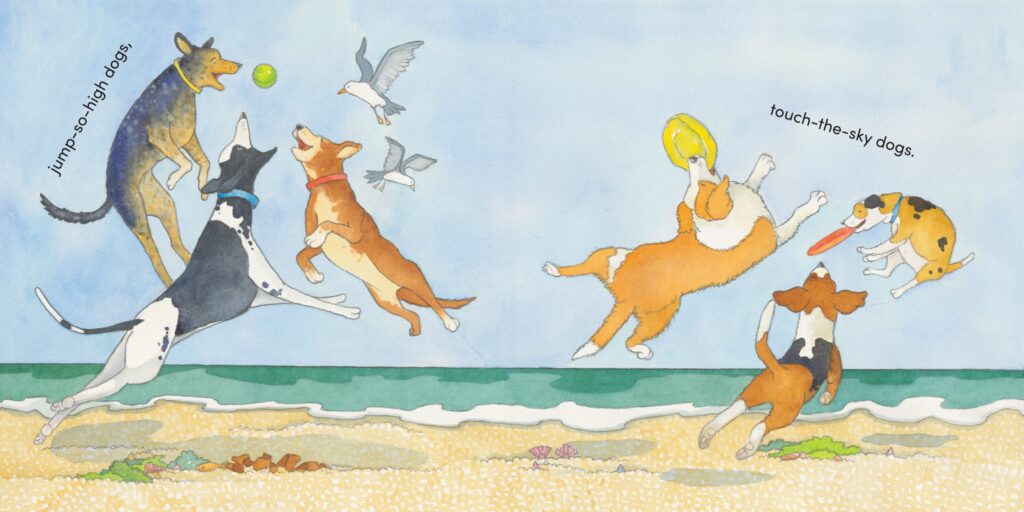
Activity 2: An introduction to ethograms
Introduce the idea of an ethogram – a tool used by researchers of animal behavior/ethology, which is a branch of zoology (animal science). Essentially, an ethogram is a comprehensive list of behaviors shown by an animal species, compiled from many observations taken over a considerable time (to account for seasonal and other differences). Note that the following activities will produce approximations of professional ethograms.
Make an ethogram based on the dogs in DOG BEACH
Ask the students to list all the things they see the dogs doing in DOG BEACH. E.g., jumping, sniffing, and rolling on the ground. Note that the endpapers could be used to prompt students because they provide a visual overview of the book.
Make an ethogram based on observations of a live animal(s)
Pick an animal species that you are confident will be active, such as birds in the schoolyard or a selected animal species from a 24-hour wildlife camera from the list provided below. Inform your students that they will be observing the animal species during class and compiling an ethogram for it. Observe the animal(s) during the first three minutes of every five-minute interval, over a forty-minute period of a class session. Each student will use a paper and pencil to record their observations, noting down different behaviors they see, and adding new behaviors to the list as they are identified. They will also make a mark next to the relevant behavior every time it is observed.
For example:
Scratching feathers with beak (‘preening’): XXXXX (i.e. the 5 Xs means this behavior was observed 5 times)
List of 24-hour wildlife live-cam websites
Present the results in a bar graph
Ask students to present their results in a bar graph with behaviors appearing along the X-axis and the number of times behaviors were observed (frequency) on the Y-axis.
Ask the students to write down any conclusions they can make from their bar graph, e.g., which behavior was the most/least frequent?
Can the students make any possible explanations (hypotheses) for their conclusions? E.g. birds may be flying away with grass in their beaks because it’s the season to make nests. Baboons may be grooming to rid each other of parasites, or to bond.
Activity 3: Write a DOG BEACH-style story about the animal species observed in activity 2
Ask students to write their own simple story about the animal they observed, using a similar style to DOG BEACH. Students should aim to include words and phrases describing the behaviors listed in their ethograms, and non-behavioral observations such as the animal’s appearance and physical capability.
Featured image credit: “Bucket-headed dog” by Paul Kidd is licensed under CC BY-NC-SA 2.0.
Julie Murphy is a former zoologist and zookeeper, and author of more than 20 children’s books about animals and the natural world. Her most recent books include DOG BEACH and CHEER UP, BLOBFISH!, published in 2024 by National Library of Australia Publishing and Affirm Press respectively. Julie lives in Melbourne, Australia, with her family and rescue dog, Banjo. Julie’s website includes links to her socials where you can follow and connect.


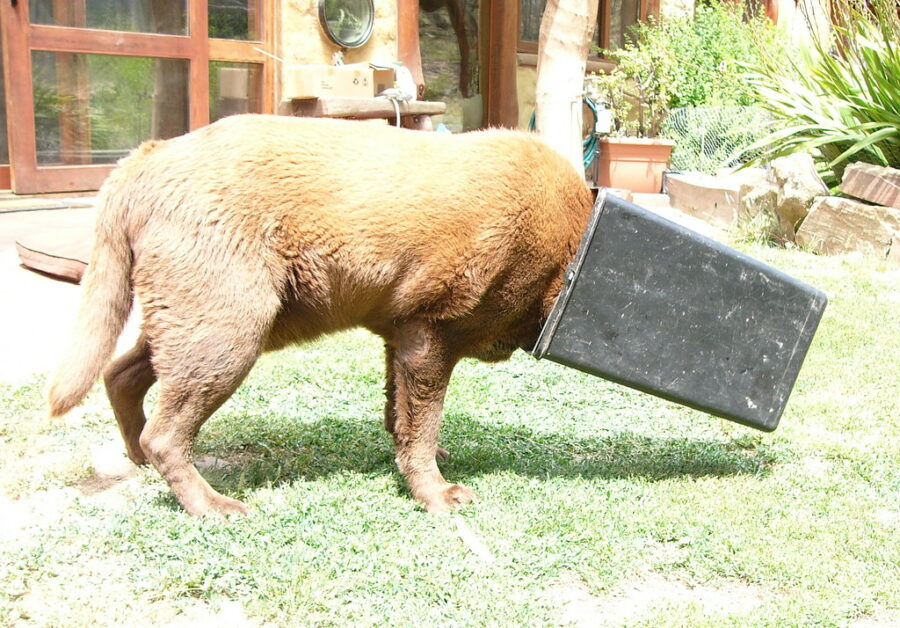

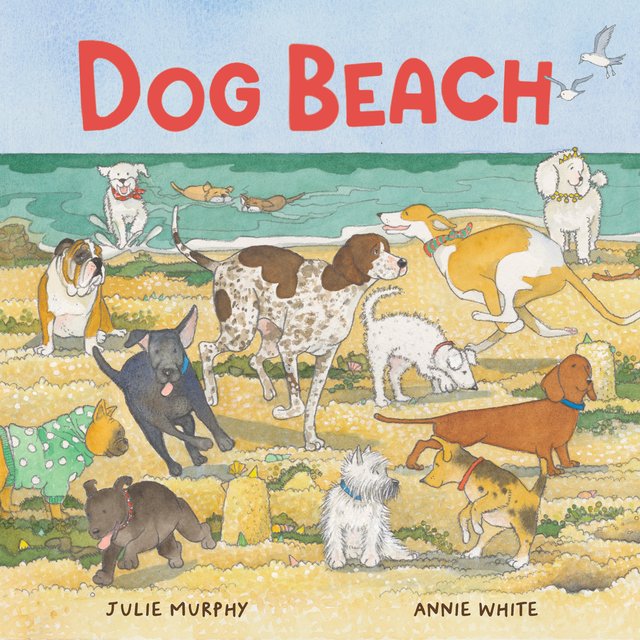
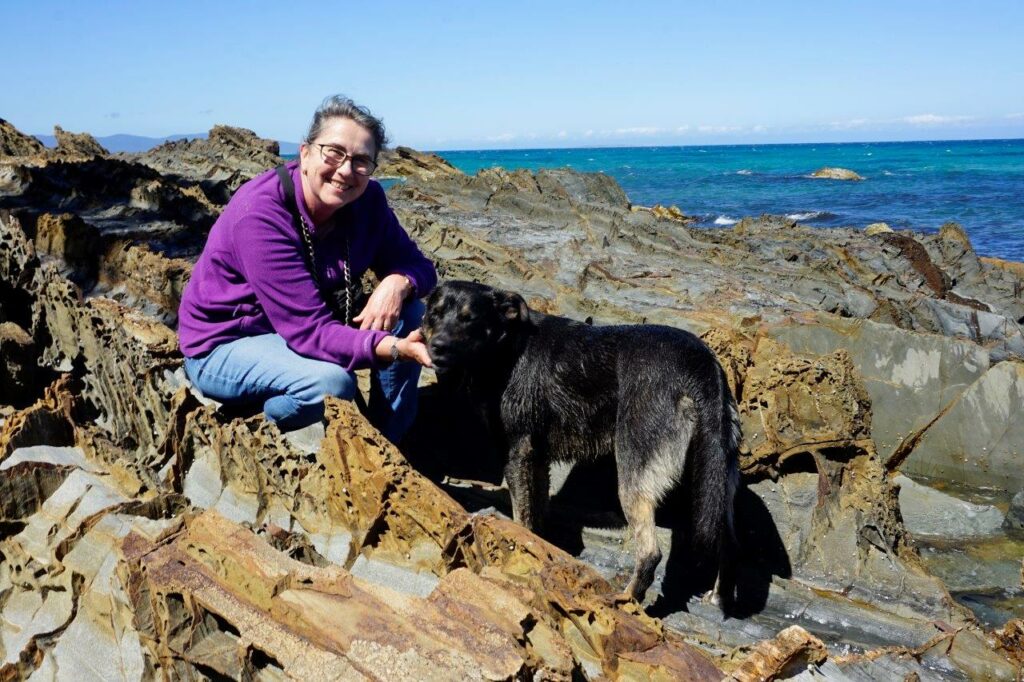


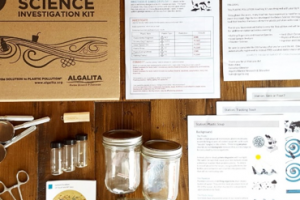

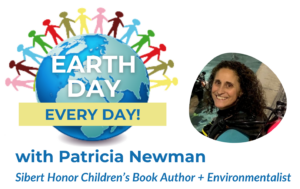
Leave a Reply
Your email is safe with me.